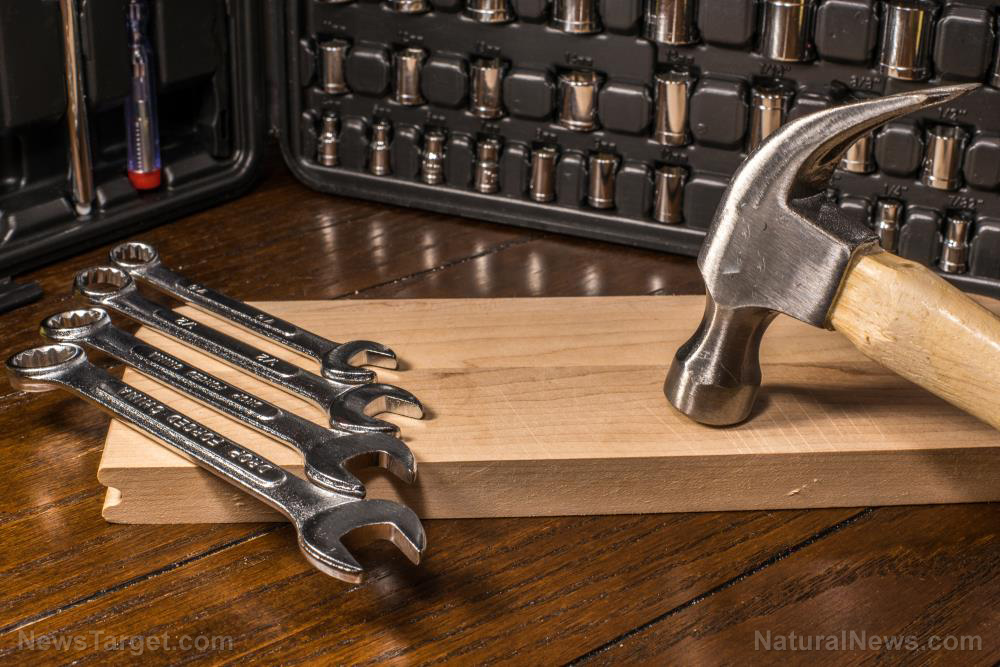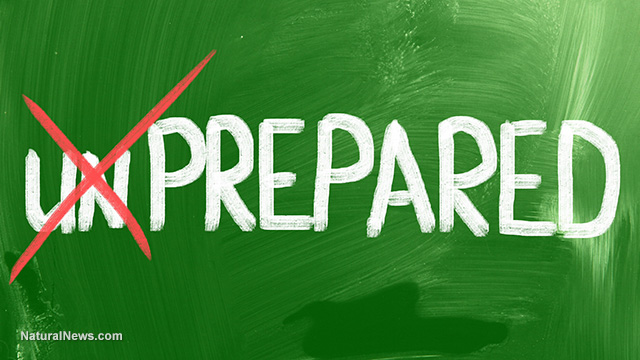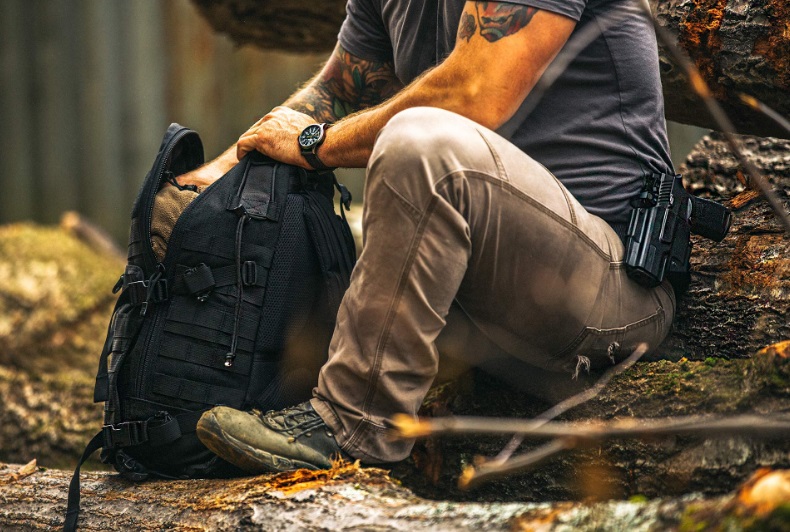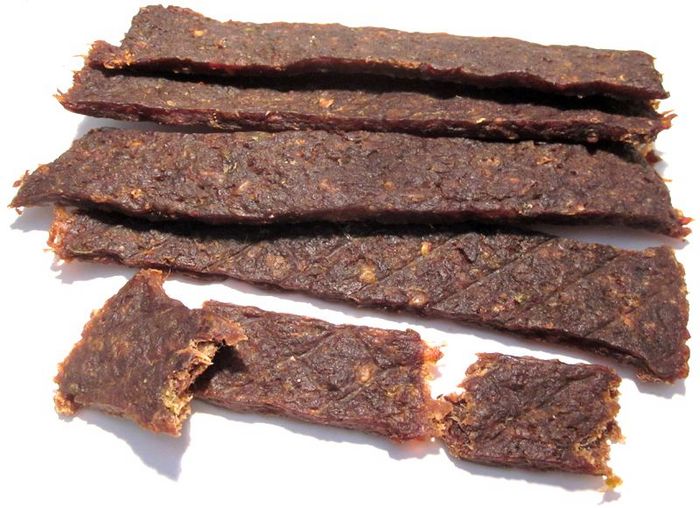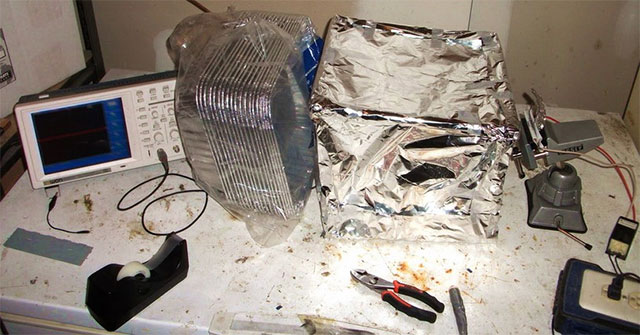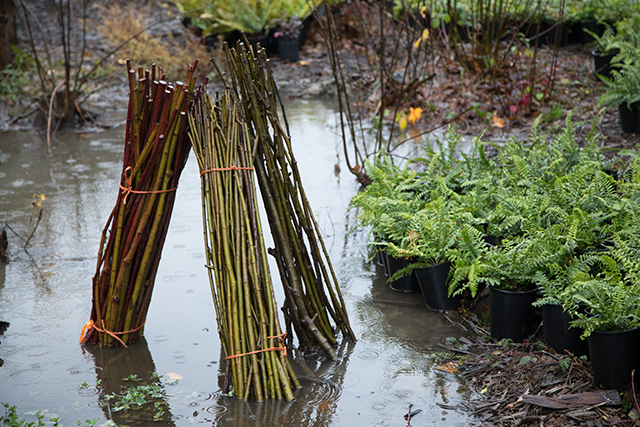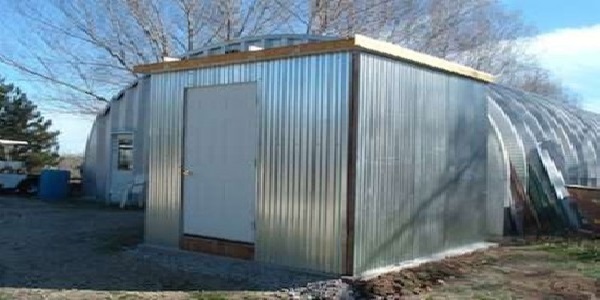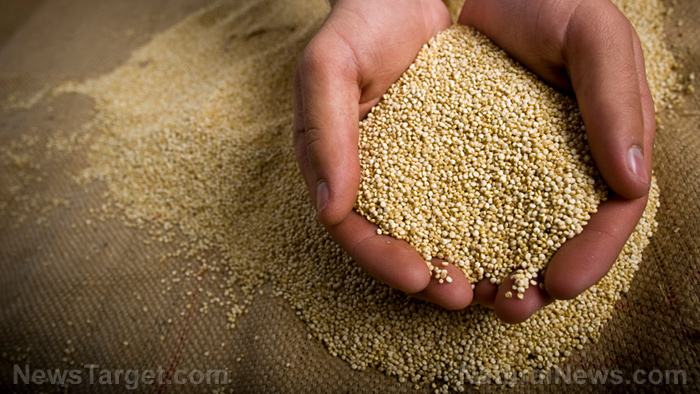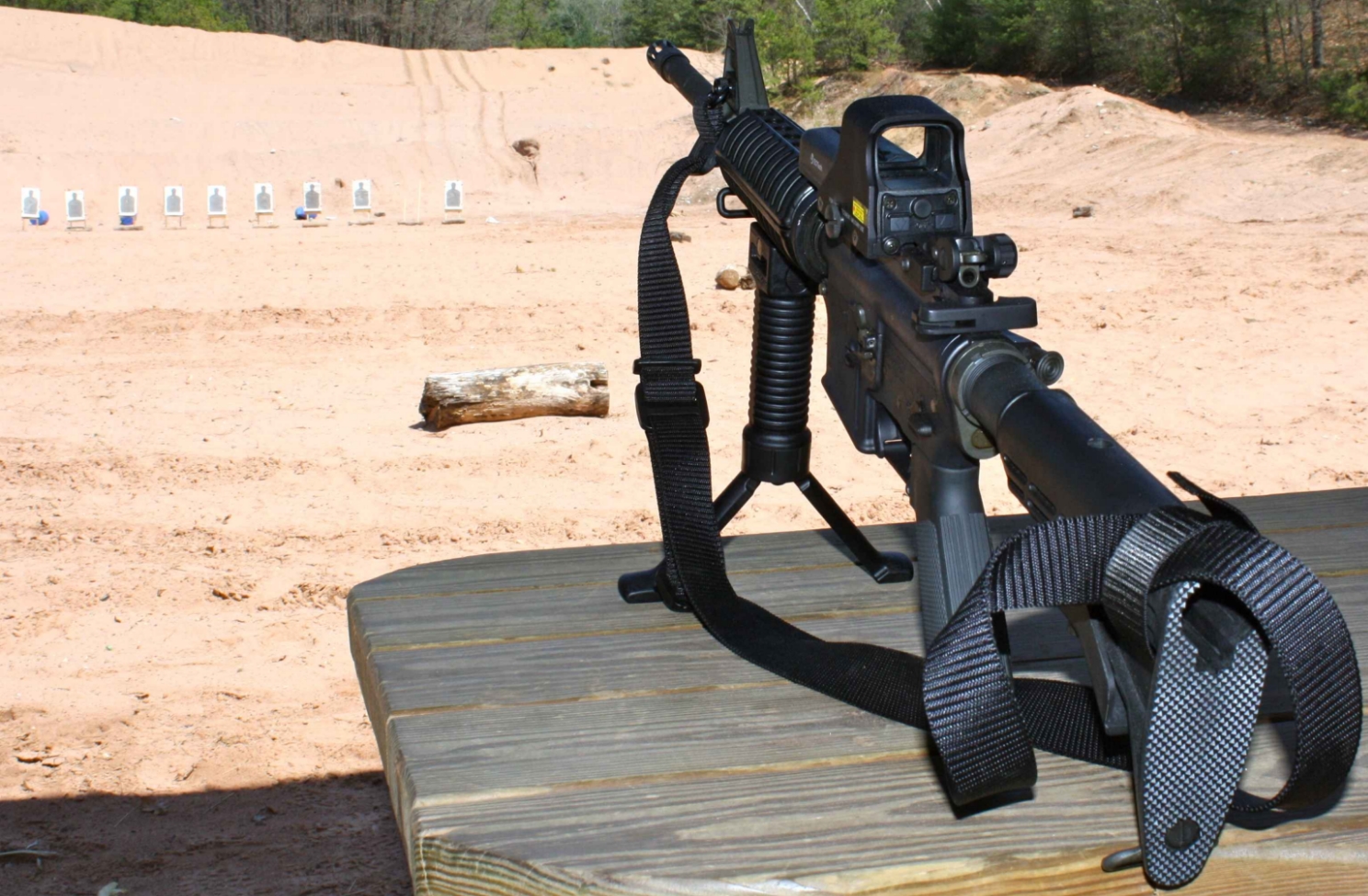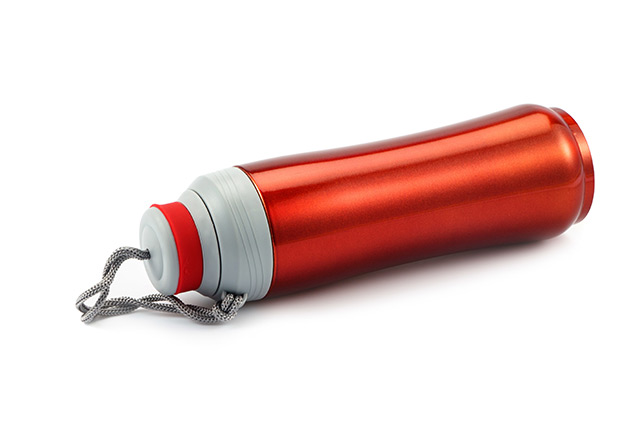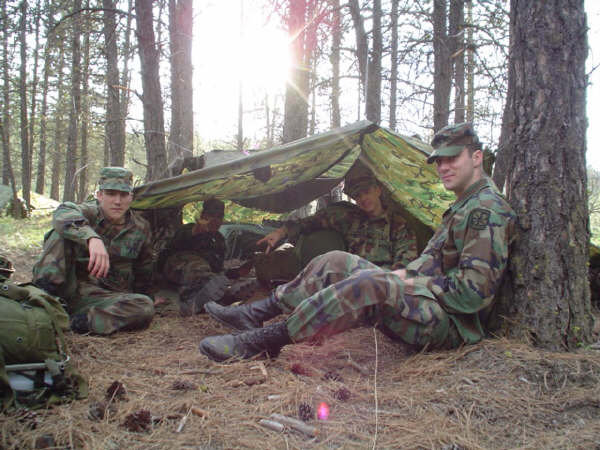10 Must-have survival items that can save your life
08/07/2018 / By Rhonda Johansson

Prepare, prepare, prepare. If it seems like you’ve been hearing that everywhere, that may be because it is more necessary today than ever before. Times are uncertain and you never know when you’ll find yourself lost in the wilderness. The worst thing you can do during these situations is panic. Running around like a headless chicken will get you nowhere.
To lessen fear though, experts say that packing and carrying around a well-kept survival kit is necessary. These kits can be as big or as small as you’d prefer, but it is absolutely crucial that 10 items are kept inside. We’ve listed them here.
- Knife – Every survival kit contains a knife; but which one to take really depends on you. Ideally, you should have a fixed-blade knife with a sheath. This is the most versatile tool in terms of size, strength, and use, and it performs better (in our opinion) compared to an ordinary pocket knife. Novice preppers should find a brand that suits them and stick to a model that feels comfortable in their hand. Remember that grip is incredibly important; you have to find a model that fits nicely inside the palm and does not move around too much.
- A communications device – Mobile phones are great, but in the event that they run out of battery or cannot be used due to bad connectivity, it is essential that you have other ways to send for help. Survival experts recommend personal locator beacons (PLBs), which are basically emergency radio signal devices that communicate with satellites from anywhere on the globe.
- Maps and compass – Let us assume that you are completely off-grid. That’s fine. You can simply guide yourself to an area where you can use your mobile phone again or be relatively nearer to modern society. You can do this using a topographical map (if you’re off-road), a roadmap, or both. Combining the map with a compass will help you establish your bearings.
- Paracord – This is one of the most versatile and useful items to have. The suspension line displays excellent strength-to-weight ratio and can be used in a variety of ways. This makes it far better than a typical nylon cord, as a paracord is three times stronger per mass on average. When survivalists talk about paracord, they are most likely referring to the type III paracord/550 cord, but there are three other types which you can choose from.
- Flashlight AND extra batteries – We’re emphasizing the additional batteries for good reason. Most people forget to bring an extra set. As for the flashlight, try packing an LED flashlight and/or headlight. A lot of preppers also recommend a head-mounted LED flashlight, so as to keep your hands free.
- Mylar emergency blanket – These “space blankets” are great because they take little space and can serve multiple uses, including keeping you warm and providing shelter as a small tarp.
- Water container – Try getting a variety with screw-on lids. We’d also recommend bringing in a few water filters as well – just in case you come across a questionable water source and are unsure of your water’s safety.
- First aid kit – There are basic compact kits that don’t add so much bulk to your survival cache.
- Extra clothing – Hypothermia is your enemy. Consider what may be appropriate for your kit: a knit hat, a raincoat, etc. You can also layer your clothes. It is always better to have too many clothes than not enough.
- Food – Calorie-dense food bars are convenient for short-duration kits. (Related: Survival Basics: The six enemies of food storage.)
There is a difference between just surviving and surviving well. Being prepared, and keeping these 10 items with you always, will ensure that you do the latter.
Sources include:
Tagged Under: bug out, emergency kits, Gear, off grid, preparedness, survival, survival kits, tools, wildnerness prep


